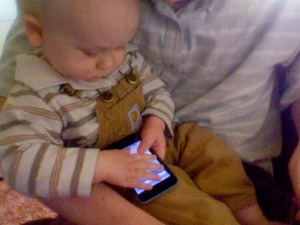Goals, or: You are not alone
I am a perfectionist, which is difficult but probably more difficult for my family and friends. I am also sloppy, which is difficult for a perfectionist.
-
When I started working at &yet, the team then were all throwing themselves into one exciting project. Those days are gone, and these days I find myself stuck with “the mess”, while “those responsible” have scattered.
I also find myself having to just build more mess, because that’s the best I can do. And wanting to scatter.
-
We can do better, and must.
-
The perfectionists need to learn patience with people. People change, even are made anew, and sometimes suddenly but never from the outside in.
The slopsters need to learn patience with products. Products change, are in need of constant refactoring, and to build them suddenly rarely leaves anything salvageable behind.
-
We can’t do better alone.
That’s the thing. If I were fired from &yet tomorrow (HI ADAM!) this, what I have learned, would be my severance package (JUST KIDDING ADAM!):
You can’t do better alone.
-
We have really lofty goals — we do don’t we? — they are Ridiculous Goals. If we think we can accomplish them more ideally or more quickly alone.
-
So my goal is to teach, a team to teach.
-

